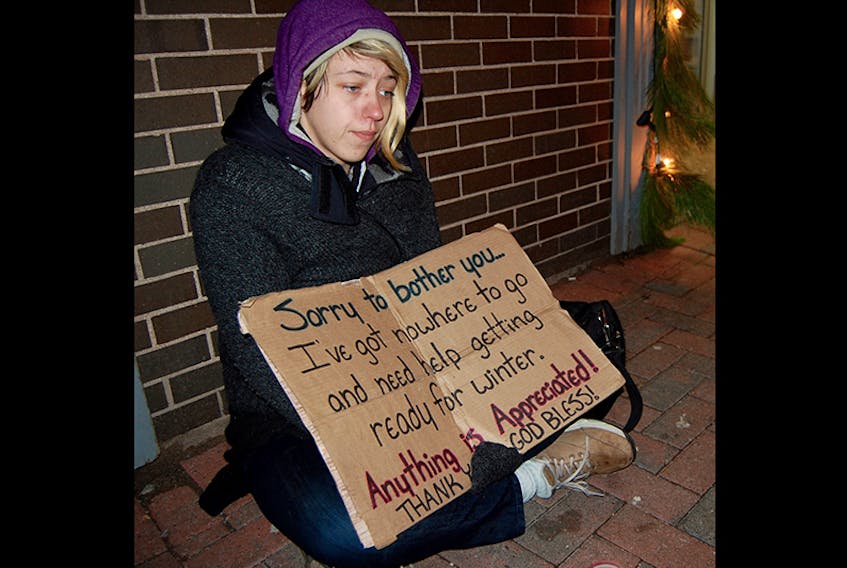By Jason Daley
Three hundred and fifty-five people stayed in a homeless shelter in P.E.I. in 2017.
That’s an increase of 101 people compared to 2016. The sobering statistic is one of several released recently by the P.E.I. Community Advisory Board (CAB) on Homelessness.
The data was released as part of the province’s biennial Report on Homelessness and guided by the Canadian government’s Homelessness Partnering Strategy.
The steady increase in people accessing shelters since 2014 is a disproportionate increase to the rate of population growth here, the report stated.
The number of times shelter beds were used also rose significantly, from 2,852 to 4,691. Frank Costa, chairman of the P.E.I. CAB, said those numbers are telling of a worrisome issue.
“What that’s telling us is that more and more people are needing shelter beds because they don’t have homes. It’s helping us identify that one of the critical needs for the province is having more affordable housing stock,” Costa said.

In addition, P.E.I.’s overall urban rental vacancy has been steadily declining since 2013. There has also been an increase in seniors waiting for housing, and for the apartments that are available, the average rent is getting higher.
Another issue raised in the report is the need to address the living standards of those struggling with mental health issues and the resources that should be made available to them.
One example is Charlottetown resident Hailey Eldershaw. The 24-year-old woman has been without steady housing for several months.
She had a full-time call centre job, along with her own place when she first came to Charlottetown. All the while she was dealing with depression and anxiety issues that eventually led to her losing her job.
Costa said he believes that shelters should serve as a temporary stop for people like Eldershaw, with the goal of them being able to access the resources that would allow them to move on to more secure residences.
“All those groups would lean more towards long-term transitional and affordable housing over shelters,” he said.
From Eldershaw’s perspective though, those long-term “affordable” housing options are both in short demand and too expensive for someone on social assistance.
“Welfare tells me that they will help me if I can find a place to live for $360, and that’s impossible. Even just renting a room where you share your kitchen and bathroom is $400,” said Eldershaw.
She believes one of the problems with the social assistance system in the province is that for many people, there is no significant incentive to get off of it and get back into the minimum wage workforce.
“If I’m on welfare making more money than I would on minimum wage, why would I look for work?” Eldershaw said.









